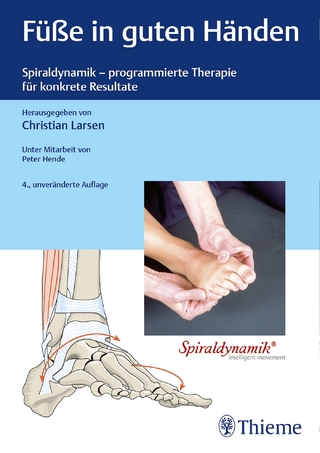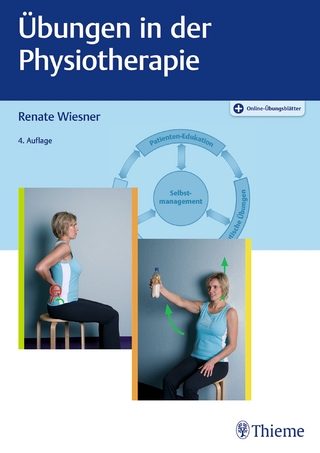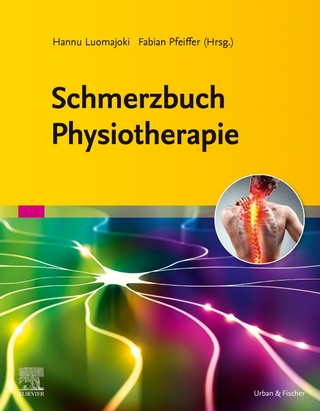
Mems for Biomedical Applications
Woodhead Publishing Ltd (Verlag)
978-0-85709-129-1 (ISBN)
- Titel ist leider vergriffen;
keine Neuauflage - Artikel merken
Shekhar Bhansali is the Alcatel-Lucent Professor and the Chair of the Department of Electrical and Computer Engineering at Florida International University, USA. Abhay Vasudev is a Graduate Researcher at Florida International University’s bioMEMS and Microsystems Lab.
Contributor contact details
Woodhead Publishing Series in Biomaterials
Introduction
Chapter 1: Microfabrication of polymers for bioMEMS
Abstract:
1.1 Introduction
1.2 Microfabrication
1.3 Polymers and processes
1.4 Conclusions
Chapter 2: Review of sensor and actuator mechanisms for bioMEMS
Abstract:
2.1 Introduction: transducers
2.2 Sensors
2.3 Actuators
2.4 Biomedical applications of sensors and actuators
2.5 Optical biosensor
2.6 Microrobotics in biomedical applications
2.7 Conclusion
Chapter 3: MEMS for in vivo sensing
Abstract:
3.1 Introduction
3.2 Overview of MEMS in vivo devices and sensors
3.3 Challenges and possible solutions to in vivo sensing methodology
3.4 Regulatory dimensions
3.5 Conclusions and future trends
Chapter 4: MEMS and electrical impedance spectroscopy (EIS) for non-invasive measurement of cells
Abstract:
4.1 Importance of MEMS in cellular assays
4.2 Impedimetric measurement theory
4.3 Visualization and modeling
4.4 Bioimpedance before MEMS: patch clamp measurements
4.5 MEMS in bioimpedance applications
4.6 Future trends
4.7 Sources of further information and advice
Chapter 5: MEMS ultrasonic transducers for biomedical applications
Abstract:
5.1 Introduction
5.2 Modeling and design of capacitive micromachined ultrasonic transducers (CMUTs)
5.3 Fabrication
5.4 Integration
5.5 Biomedical applications
5.6 Conclusion and future trends
Chapter 6: Lab-on-chip (LOC) devices and microfluidics for biomedical applications
Abstract:
6.1 Introduction
6.2 Pressure-driven lab-on-chip (LOC)
6.3 Capillary-driven LOC
6.4 Electrokinetic-driven LOC
6.5 Centrifugal-driven LOC
6.6 Droplet-based LOC
6.7 Electrowetting-based LOC
6.8 Future trends
Chapter 7: Fabrication of cell culture microdevices for tissue engineering applications
Abstract:
7.1 Introduction: cell culture microdevices
7.2 Motivation for microdevice development
7.3 Design and fabrication concepts for cell culture
7.4 Applications of cell culture microdevices
7.5 Future trends
7.6 Sources of further information and advice
Chapter 8: MEMS manufacturing techniques for tissue scaffolding devices
Abstract:
8.1 Introduction
8.2 Tissue scaffold design
8.3 Tissue scaffold fabrication using MEMS approaches
8.4 Applications of MEMS-fabricated tissue scaffold
8.5 Conclusion
Chapter 9: BioMEMs for drug delivery applications
Abstract:
9.1 Introduction
9.2 Transdermal delivery
9.3 Implantable systems
9.4 Microfabricated drug delivery vehicles
9.5 Conclusions
9.6 Acknowledgement
Chapter 10: Applications of MEMS technologies for minimally invasive medical procedures
Abstract:
10.1 Introduction
10.2 Microvisualization
10.3 Micromanipulation
10.4 Future trends and conclusions
Chapter 11: Smart microgrippers for bioMEMS applications
Abstract:
11.1 Introduction
11.2 Microgripping and release strategies
11.3 Microgripper demonstration: microcage
11.4 Conclusions
11.5 Acknowledgement
Chapter 12: Microfluidic techniques for the detection, manipulation and isolation of rare cells
Abstract:
12.1 Introduction
12.2 Size-based isolation
12.3 Mass-based isolation
12.4 Electrical-based isolation
Chapter 13: MEMS as implantable neuroprobes
Abstract:
13.1 Introduction – neuronal communication
13.2 MEMS-based neuronal intervention devices
13.3 Tissue response against implanted neural microelectrode interfaces
13.4 Implantable wireless recording integrated circuit (IC) challenges
Chapter 14: MEMS as ocular implants
Abstract:
14.1 Introduction
14.2 Implantable MEMS for glaucoma therapy
14.3 Integrated microsystems for artificial retinal implants
14.4 Future trends
14.5 Conclusion
Chapter 15: Cellular microinjection for therapeutic and research applications
Abstract:
15.1 Introduction
15.2 Significance of cellular injection
15.3 Microinjection
15.4 MEMS technologies for microinjection
15.5 Future of mechanical microinjection
15.6 Automating microinjection
15.7 Conclusion
Chapter 16: Hybrid MEMS: Integrating inorganic structures into live organisms
Abstract:
16.1 Introduction
16.2 Hybrid integration
16.3 Vacuum microfabrication on Drosophila
16.4 Conclusions and future trends
Index
| Reihe/Serie | Woodhead Publishing Series in Biomaterials |
|---|---|
| Verlagsort | Cambridge |
| Sprache | englisch |
| Maße | 156 x 234 mm |
| Gewicht | 910 g |
| Themenwelt | Medizin / Pharmazie ► Physiotherapie / Ergotherapie ► Orthopädie |
| Technik ► Medizintechnik | |
| ISBN-10 | 0-85709-129-8 / 0857091298 |
| ISBN-13 | 978-0-85709-129-1 / 9780857091291 |
| Zustand | Neuware |
| Haben Sie eine Frage zum Produkt? |
aus dem Bereich


